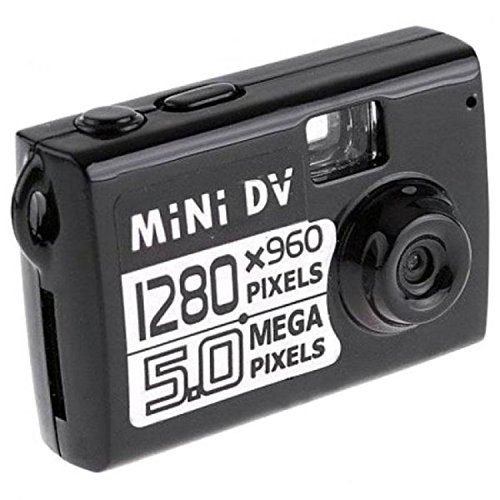Last Updated on February 13, 2025 by Bisma Sehar
Technology changes in the blink of an eye, and before you know it, the bleeding-edge gadget you just bought has become an antique. The Mini DV format was at one time considered a significant innovation, as the “digital video” recorded on its mini cassettes was of higher quality than on standard VHS tapes. However, when cameras started being able to save photos and videos in digital formats directly, devices using any kind of cassettes were soon retired.
If you used a Mini DV camcorder to capture personal memories or past professional work, or inherited a collection of Mini DV tapes, converting them to a digital format saves you space and prevents those capture moments from fading away. Digital files are immune to the effects of mother nature and time, unlike magnetic tape which naturally degrades over time and can get damaged if not stored properly, or even get lost or stolen. Also, digital files can be duplicated and shared with ease, whether showing them to your family or putting together a professional portfolio.
Depending on the equipment you have as well as your level of comfort with technology, there are several ways to convert Mini DV to digital files you can play on the computer.
Table of Contents
1. Convert Tapes Using a Mini DV Camcorder via FireWire:
If you still have a Mini DV camcorder and an older computer, converting a tape may be as simple as plugging the camcorder into the computer, playing the tape on the camera, and using video-editing software to capture the playback. Download free or paid software to make digital videos in a particular format from your Mini DV tapes.
Mini DV cameras typically used a data-transfer port called FireWire. The FireWire port is no longer a common technology, so most newer desktop and laptop computers do not come installed with one. If you have access to an older computer, though, check for this connection. Another option is to purchase a FireWire card and install it into the PCI slot of your computer.
2. Convert Using a Mini DV Player via FireWire:
Even if you have a FireWire connector, it won’t be much good if you don’t have a working Mini DV camcorder to play the tapes on. In this case, you can get a dedicated Mini DV playback device, also called a Mini DV VCR. However, unlike a standard VHS player, these tape decks play Mini DV cassettes. While you can’t find such players sold in most stores these days, they are sometimes available on online auction sites.
The advantage of a dedicated player is that it is easier to work with than a camcorder. Rather than having to press the tiny buttons on the camera, you can more easily control the tapes, as well as quickly take them in and out. If you have a lot of tapes to convert, using a player is more convenient than playing them all on a camcorder. However, Mini DV players still require a FireWire connection.
3. Convert Using a Video Capture Device via S-Video and Composite:
While FireWire is the ideal connection to use for transferring MiniDV tapes to digital format, newer laptops and other compact computers typically do not have a free slot for this card. Also, if your computer is running Windows 10, the installation can be more difficult, because this newer operating system is picky about which drivers and PCI cards it works with.
If you don’t have access to a computer with a FireWire port, the next best option is to use an analog to digital converter. These are inexpensive devices that plug into the USB port on your computer. You can connect your MiniDV camcorder or player to the device using an S-Video connection for the video signal and RCA cables for the audio connection.
However, this conversion isn’t perfect, so there may be a loss of quality; your digital recordings may not look as good as on the original Mini DV tapes.
4. Sending Tapes for Professional Mini DV to Digital Conversion:
Besides tracking down the equipment needed to transfer your Mini DV tapes to your computer, another option is to have a professional company convert your tapes to digital format for you. When you send in your tapes to these services, high-grade computer equipment is used to convert the recordings. Then the files are sent to you on a flash drive, or they are burned to a DVD you can play on a TV or computer.
You can choose a variety of popular digital formats for the videos, including MP4, AVI and MOV.
These services can also repair tapes and even do editing for video and audio issues can be resolved with mediamedic.studio.
. Mini DV cassettes degrade in quality quickly, so you may have tapes that have sections with “digital distortion,” a common issue with old MiniDV tapes.
Tapes with this issue may not playback properly on consumer devices and require professional grade equipment to transfer properly.
Because video technology has changed so much in just the past decades, it’s important to convert your analog media to modern digital formats before it’s too late. Whether you transfer Mini DV to digital files yourself or have it professionally done, don’t wait, because your memories are at risk of degrading with each passing day.
















